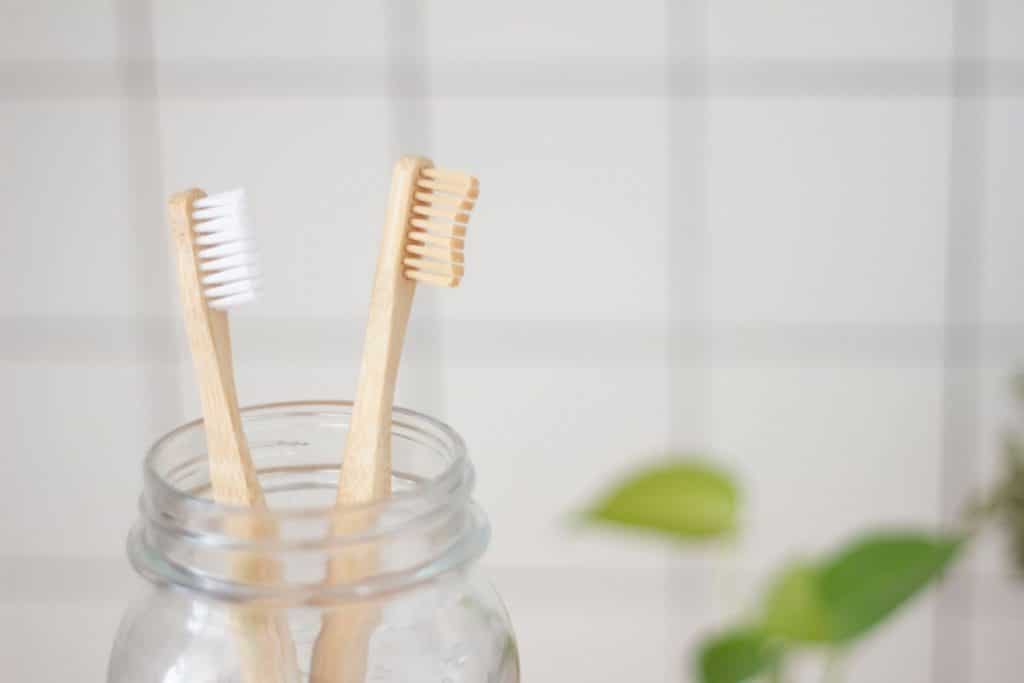Get the TRUth from your friendly South Austin dentist
Ask any reputable dentist and the short answer is, yes, you can floss or brush too hard.
If you get an arm workout while brushing or routinely dig at your teeth with a toothpick, you could be setting yourself up for a mouthful of trouble.
For everyday activities that seem so simple, there’s a lot of ways you can be getting it wrong.
Floss factoids
Let’s start with flossing:
Ditch the toothpicks—“A lot of people use toothpicks instead of floss, and you can really harm your gums with those,” warns TRU Dentistry’s. “Toothpicks are blunt objects, which can damage the tiny ligaments that hold your teeth to the bone and cause your gums to recede and make your teeth more susceptible to cavities and sensitivity.”
Instead, use a woven floss. It’s gentle on your gums and is better at trapping harmful bacteria than regular floss.
Forget those U-shaped plastic floss picks—Though they look like they might be convenient, they’re not actually very good at the job they’re supposed to do.
“I don’t recommend those because that little U kind of stops you from being able to hug the side of the tooth and also get all the way down to the bottom of the pocket,” says Dr. Nguyen. “The point of flossing is to remove food particles and bacteria that gets below the gums where your toothbrush can’t reach.”
Use the correct flossing technique—Yes, there’s a correct way to floss, and it doesn’t have to make your gums hurt. In fact, if you floss regularly and your gums hurt when you floss, you’re probably being too aggressive.
“Don’t jam floss straight down between your teeth and yank it back out,” says Dr. Nguyen. “Use a gentle zig-zag motion between the teeth on the way down. Then on the way up, run the floss along the side of each tooth like you’re using a squeegee to clean those inside edges.”
Floss every day!—Dentists recommend flossing once or twice a day. If you floss only once a day, do it just before you brush your teeth at night, to dislodge food and bacteria, then brush to finish the job.
“It’s an age-old adage, but it’s a good one, so I like to remind people that they should only floss the teeth they want to keep,” says Dr. Nguyen.
Brush basics
As with flossing, a bad brushing technique can lead to a mouthful of pain.
Skip the hard bristles—It’s actually a bit unbelievable that there are still hard bristle toothbrushes on the market since they’re well known to cause more harm than good.
“Hard bristles can be very abrasive to your gums and wear away your tooth enamel along your gum line,” warns Dr. Nguyen. “Enamel is the outer protective layer of the tooth, like our skin is to our body. Once the enamel is gone, there’s really nothing we can do to bring it back and it can be pretty painful when the tooth doesn’t have that protection.”
Keep brushes fresh—As the bristles break down, they don’t do as good a job of removing plaque, food particles, and bacteria. Replace your toothbrush every three to four months.
“Whatever you do, don’t use a cover to try to keep your toothbrush clean!”. “Bacteria thrive in a moist environment, so covers actually encourage bacterial growth. It’s better to just leave your brush upright so it can dry between uses.”
Invest in a Sonicare—Or a brush that has similar vibration quality. All you have to do is hold the brush at a 45-degree angle along your teeth and let it do the rest.
“I’m a huge believer in the Sonicare toothbrush,” says Dr. Nguyen (who does not sell or profit from sales of Sonicare). “I’ve tested more than 15 different kinds of electronic toothbrushes myself, and I can tell when a patient is using a Sonicare because their gums look healthier.”
Brush often—Ideally, you should be brushing three times a day—after each meal. Brush for two minutes and make sure you’re brushing all surfaces—inner, outer, and chewing.
“Our mouths are home to about 20 million bacteria,” says Dr. Nguyen. “Bacteria grow really quickly, but brushing and flossing are really effective tools for keeping harmful bacteria from wreaking havoc in your mouth.”
Contact TRU Dentistry Austin, located on South Lamar, to schedule a consultation with a trusted dentist near you. Your dental health starts here.
2708 South Lamar Boulevard, Suite 100A, Austin, TX 78704 | (737) 203-8538 | info@trudentistryaustin.com
